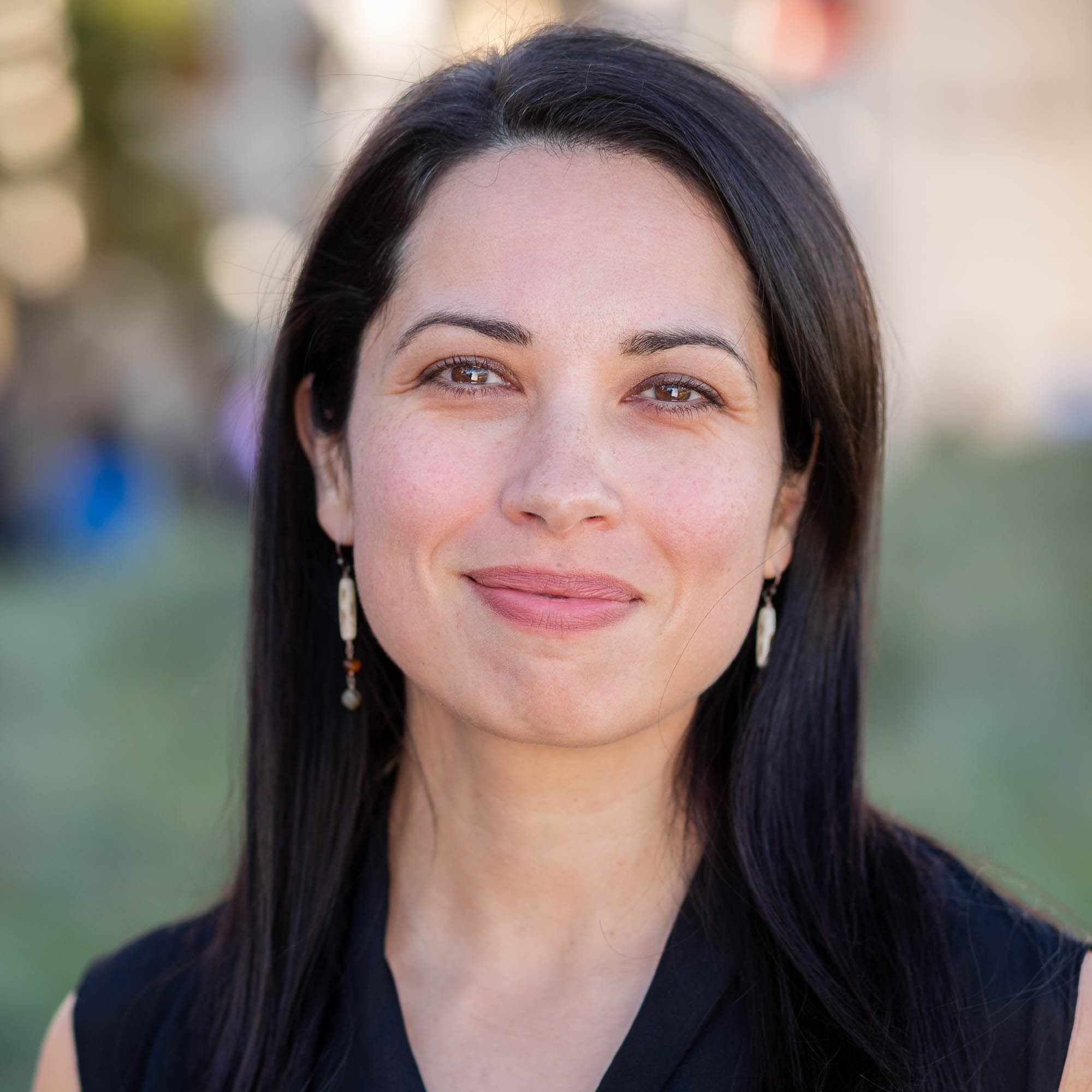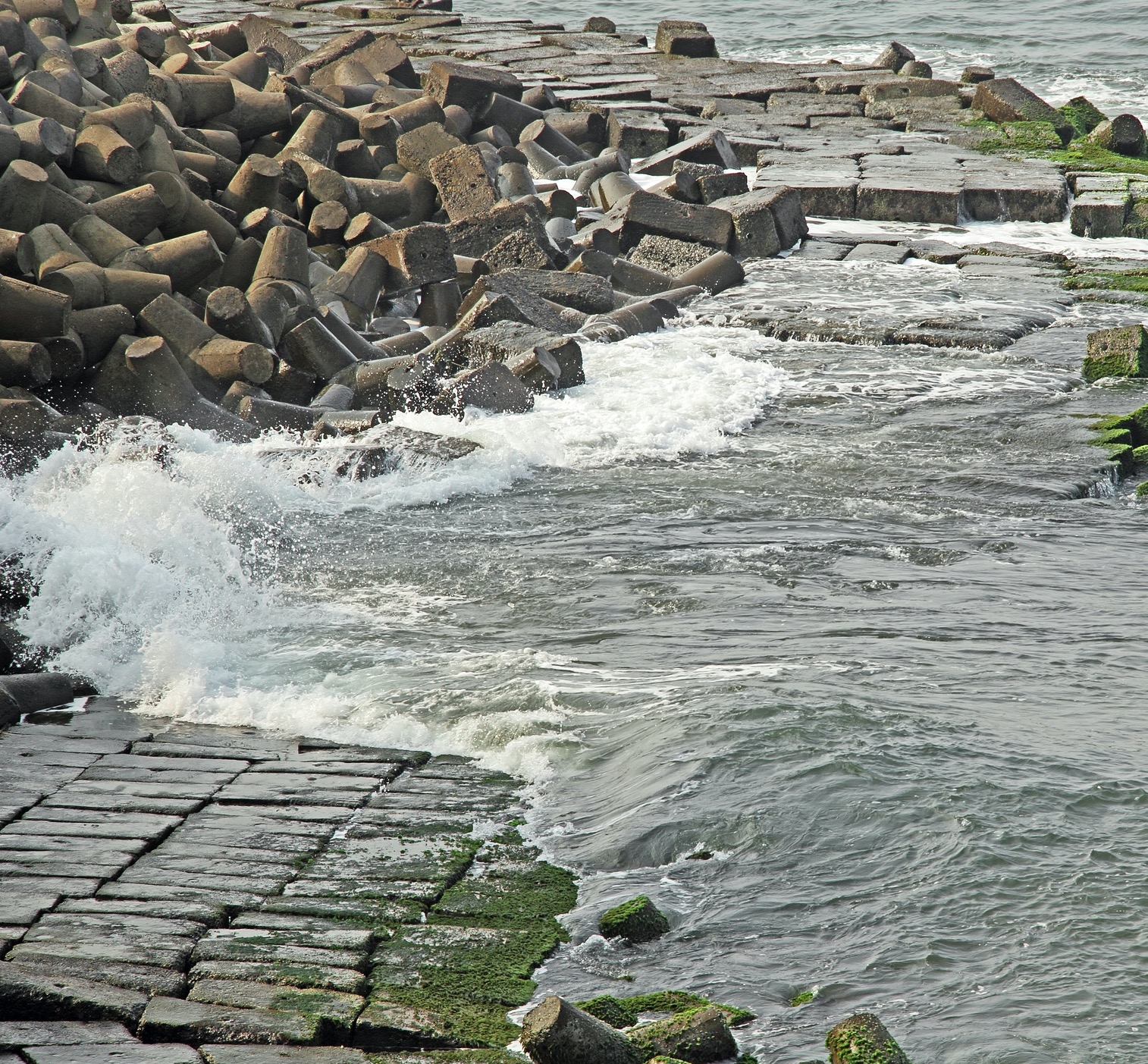
‘In the Shadow of the Seawall’ tackles coastal land use dilemmas in the age of sea level rise
The Earth is warming, prompting existential questions for the more than three billion of us living on the world’s coasts. Rising sea levels are chipping away at habitable land, affecting livelihoods, damaging infrastructure and contaminating groundwater. This instability is expected to force a reckoning: How much time, energy and resource will we spend trying to maintain life and business as we know it in the face of unrelenting climatic change? How might it shift how we relate to and value the coast?
In addition to raising those questions and others like them, for UC Santa Barbara sociologist Summer Gray, rising seas do something else: They expose age-old social injustices and inequalities and offer them up for examination. In her first book, “In the Shadow of the Seawall” (University of California Press, 2023), Gray takes two communities that are on the front lines of sea level rise — the Maldives, an island country in the north-central Indian Ocean, and Guyana, an Atlantic Ocean-facing nation in the northeastern corner of South America — and studies how seawalls serve as a point of conflict between rich and poor, colonizer and Indigenous, powerful and powerless.
“Guyana and the Maldives immediately captured my attention due to their vivid illustration of the ramifications of climate injustice amidst historical legacies of colonization and uneven development,” Gray said. Both nations are engaged in a relentless struggle for survival, she added, and through their dilemmas it becomes apparent that issues of climate justice go beyond statistics of carbon emissions and extreme weather events.
Both real and symbolic representations of man’s struggle to keep nature at bay, hard coastal structures in these countries can

be traced all the way back to the days of European colonization, when taming the ocean was a sign of progress and power. Generations later, though both countries have since achieved independence, their populations are still locked in the same patterns of economic dependence on these structures — the growing amount of money and effort required to maintain them in order to support economies and land uses that have grown around them.
“They also symbolize entrenched patterns of centralized development and engineering paradigms that are deeply ingrained and almost impossible to reverse,” Gray said. While they are effective at stabilizing land and preventing coastal erosion, they come at enormous human and environmental costs and, ironically, further exacerbate coastal vulnerability, she continued. It’s a sunk cost fallacy that is emerging in coastal cities everywhere as they grapple with encroaching seas.
And yet, the near-term economic and social impacts of ceding to the ocean are also undeniable, given current, capitalistic views of the coast, and these impacts often threaten the livelihoods and social connections of the least powerful — the ones that have the fewest resources to adapt to change. This is one of the core dilemmas that seawalls represent, and it’s not isolated to remote island nations or developing countries. Gray also looks at seawalls in the developed world, like the Big U, a controversial six-mile
swinging barrier in progress that is meant to protect New York City from future storm surges. Along with the estimated $119 million price tag, the project raises concerns over whether the finished product will even be effective, let alone be worth the unintended consequences.
Against this backdrop, Gray brings out the concept of placekeeping, a place-sensitive approach to climate change adaptation. Going farther than conventional notions of adaptation, which often involve well-intentioned but rather blunt strategies to invest in coastal armoring or conduct a managed retreat, placekeeping is holistic and hyperlocal, beginning with understanding coastal vulnerability within place-specific social and historical contexts.
“I think that first we have to consider the social, cultural and environmental ramifications of business-as-usual development practices,” Gray said. “The stories of Guyana and the Maldives strongly suggest that seawalls encapsulate political dynamics that perpetuate hierarchies and dependencies, imposing constraints on future generations that are difficult to overcome. In the case of New York, I think that there are better — and more socially just — approaches to this problem, such as transforming vulnerable areas into places of non-extractive living.”

Indeed, placekeeping strategies would differ from coastal community to coastal community, as the populations “assert their autonomy and shape life-affirming pathways amid environmental disruption,” according to Gray. It could mean a thinning of the land use in vulnerable areas; it could mean relocation. But it could also mean better public transit to enhance access and mobility, as well as nature-based resilience measures and innovative and just social and economic solutions.
“Ultimately, at its heart, placekeeping reflects a deep-seated yearning to uphold our ties to and presence within the places we call home while recognizing that this desire is embedded in relationships of power,” Gray said. “I wrote ‘In the Shadow of the Seawall’ as a corrective to the simplified and sensationalized narratives that dominate both popular and academic climate change discourses.
“My hope is that the book will awaken the sociological imagination, inviting readers into a world where the complexities of seawalls, placekeeping and adaptation, challenge assumptions and contribute to a more connected understanding of the struggle ahead.”
Sonia Fernandez
Senior Science Writer
(805) 893-4765
sonia.fernandez@ucsb.edu



